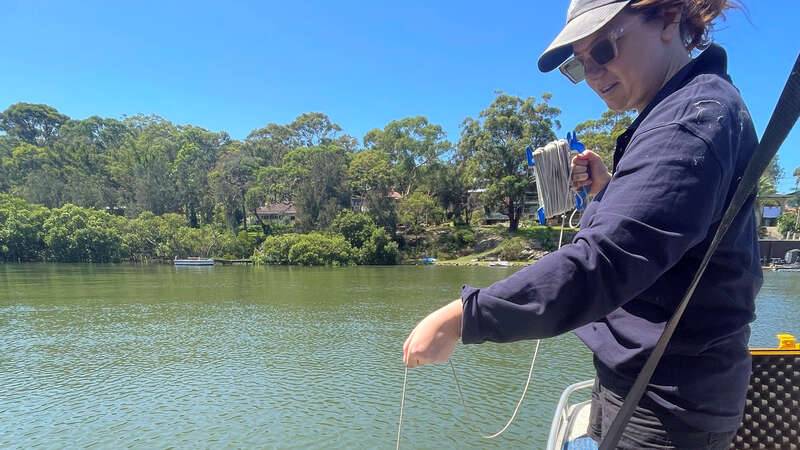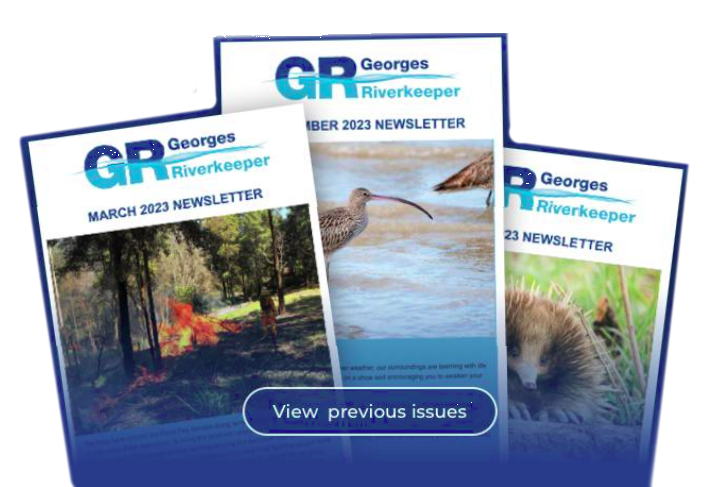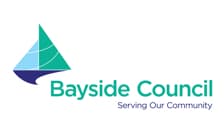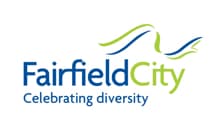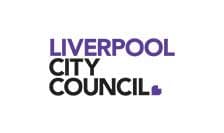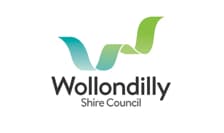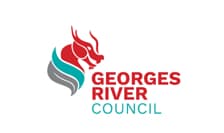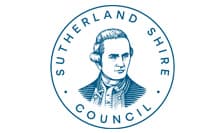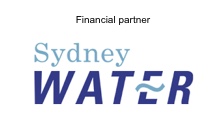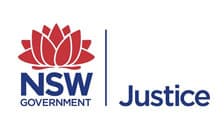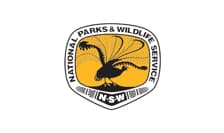These tiny plastics are a huge problem
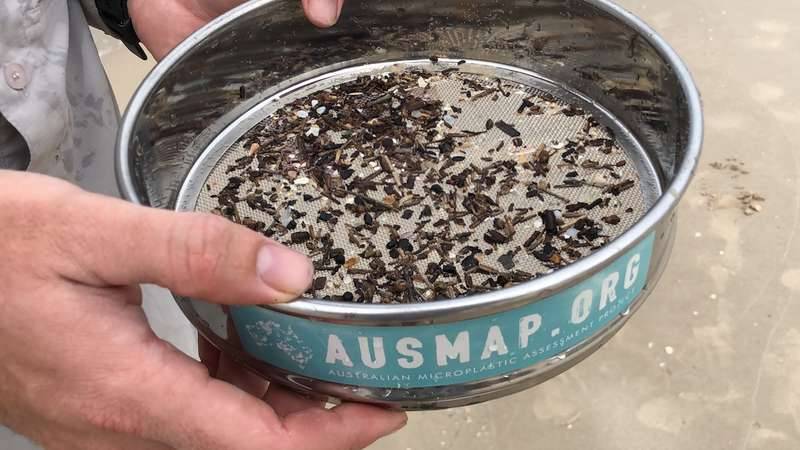
Microplastics are a huge problem for our waterways. They have been known to harbour toxic chemicals and their small size makes them easily ingested by aquatic wildlife. Unlike when litter washes ashore, microplastics are a relatively invisible problem, even beaches that appear to be clean with the naked eye can have significant microplastic contamination.
Quantifying microplastic pollutants has been done by Georges Riverkeeper for over a year. During April, Georges Riverkeeper conducted microplastic sampling at 11 sites along the Georges River and Botany Bay.
Using the AUSMAP methodology, sediment located at the high tide mark was sampled in three locations at each site.
Microplastic counts were found to be lower than those collected in December 2019, but, unfortunately, all sites were still found to have at least some microplastic present. The most common microplastic pollutants included singular particles of expanded foam and pre-production pellets or nurdles.
In spite of the microplastic, an awesome array of wildlife was seen during sampling. This included an abundance of nippers being pumped from the shores of Chipping Norton Lakes, schools of juvenile prawns at Kelso Beach and flock of black cockatoos at Morgans Creek boat ramp.

